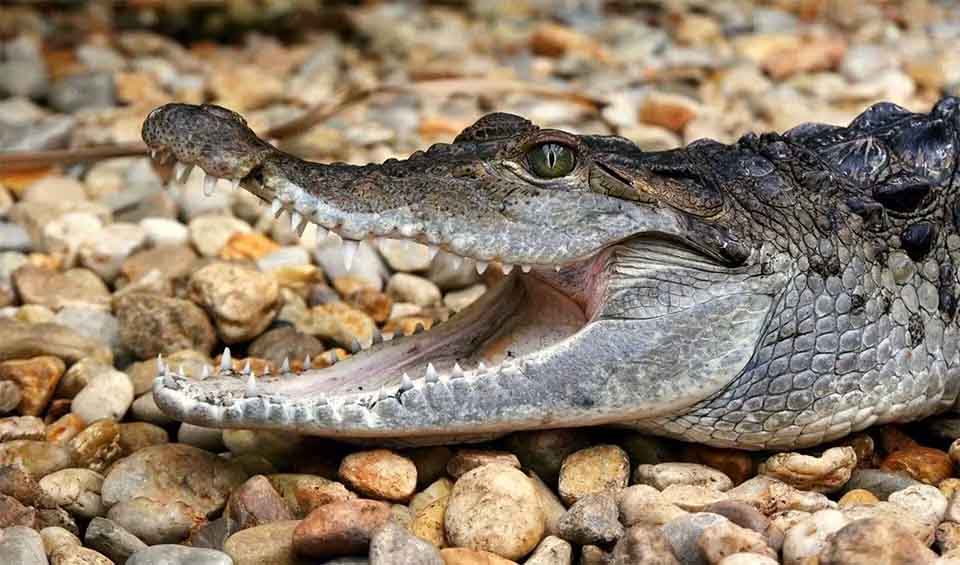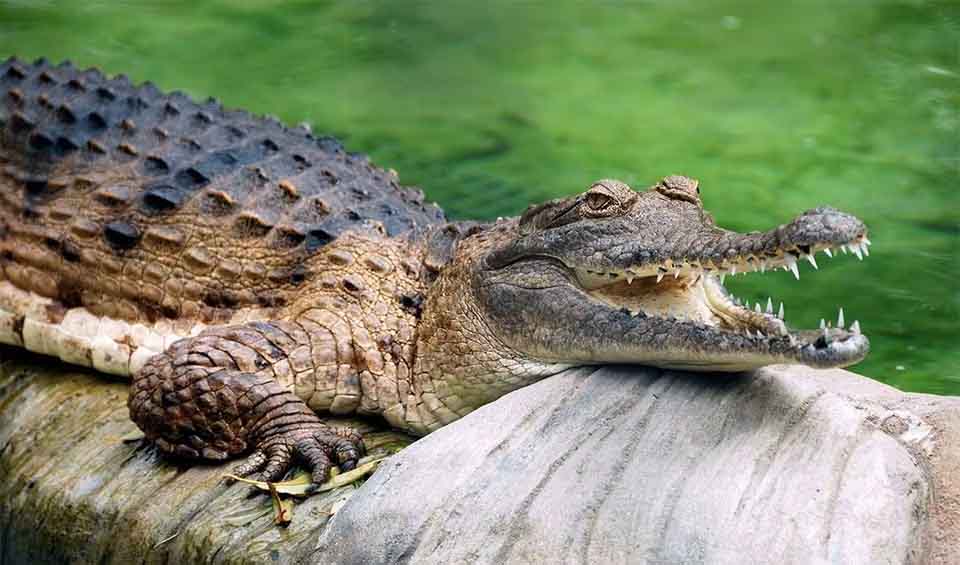Crocodylus – True crocodiles
Armored tanks of the animal kingdom – home of the biggest crocodilians with the strongest bite on earth!
Represents a diverse group of medium to large, semi-aquatic reptiles distributed across tropical and subtropical regions of North, Central, and South America, Africa, and Asia. These iconic predators are characterized by their scaly, armored skin and formidable jaws equipped with rows of sharp teeth, making them apex predators in their respective ecosystems.
The habitat preferences of Crocodylus species vary depending on their geographic range and ecological niche, but they are commonly found in a range of aquatic environments, including rivers, wetlands, brackish and freshwater lakes, swamps, lagoons, and estuaries. These habitats provide ample opportunities for crocodiles to ambush prey, with their diet primarily consisting of fish, mammals, birds, and occasionally larger reptiles.
Breeding season heralds an important period in the life cycle of Crocodylus species. Female crocodiles typically dig nests in sandy or muddy substrate along the water’s edge, where they deposit their eggs in clutches. Both parents play a role in incubating and protecting the eggs, with the female guarding the nest site and the male assisting in nest construction and defense. Upon hatching, the young crocodiles are instinctively drawn to the water, where they begin their journey towards adulthood.
Despite their formidable presence, many Crocodylus species face significant conservation challenges. Excessive hunting for their skin, meat, and other body parts, coupled with habitat destruction and fragmentation for agricultural development and human settlement, has led to population declines and range contractions for numerous species.
Species in this genus
Orinoco crocodile
One of the largest crocodiles in the world, known for its immense size and incredible strength
Philippine crocodile
A critically endangered small crocodile native to the islands of the Philippines
Siamese crocodile
On the back of their head, just behind the eyes, there’s a raised bony bump – like a miniature helmet!
American crocodile
These creatures often ingest stones, aiding food digestion and buoyancy regulation in the water
Mugger crocodile
They help carry the babies to the water in their mouths — gently, without harming them
Freshwater crocodile
A small freshwater crocodile native to the lands of Australia
Nile crocodile
One of the most iconic animals of Africa and the second largest reptile on earth
Saltwater crocodile
Largest of all living reptiles and the animal most likely to eat a human









